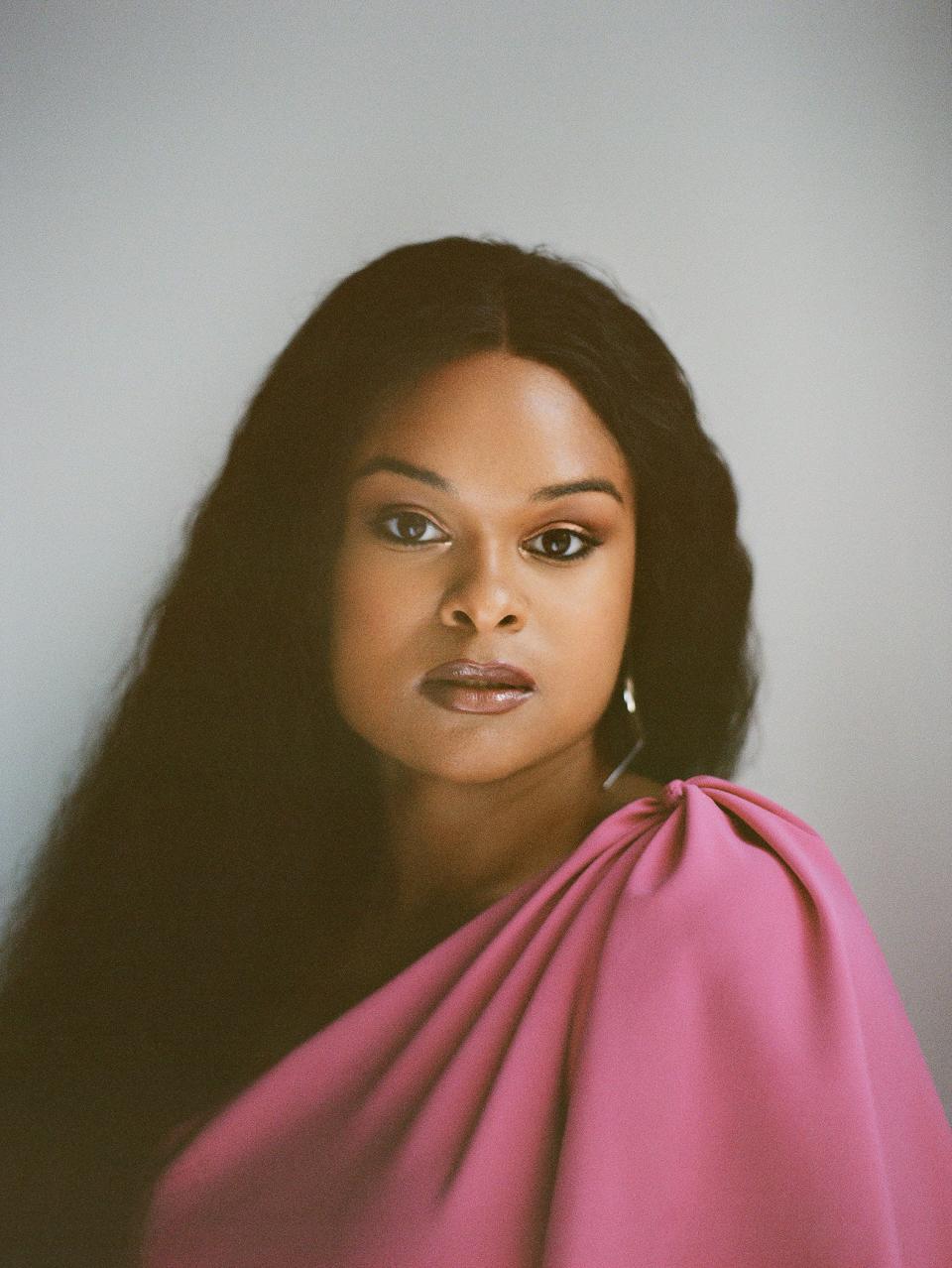'At the whim of misinformation': New report calls out Southern media coverage of LGBTQ issues
DaBaby, a rapper from Charlotte, North Carolina, was in the headlines last month after he made homophobic and inaccurate claims about AIDS during a performance. Local and national news outlets repeated his false statements for days.
In the background, advocates such as Chelsea Gulden – who’s also from Charlotte – worked to dispel misinformation about people living with HIV/AIDS. But it saddens Gulden that harmful speech gets more attention by the media than the efforts and victories of people fighting for LGBTQ populations and those with HIV.
A survey released Thursday from GLAAD, the nation’s leading LGBTQ media advocacy group, underlines the problem: Much work needs to be done by media outlets to accurately cover the LGBTQ community and combat misinformation. The report found dozens of news outlets in the South, a region home to 35% of the country’s LGBTQ population and the highest rate of HIV diagnoses, published few or zero substantive stories on either topic from June 2019 to December 2020.
Of the total 181 newspaper and television outlets surveyed, GLAAD assigned “poor” – the lowest grade possible – to coverage from 52 media outlets, which includes at least two outlets in each of the nine states represented.
How to be an ally year-round: Pride Month is over. Here's how to be an ally to the LGBTQ community the rest of the year.
The South is home to the largest share of LGBTQ people in the U.S., according to the Williams Institute at UCLA. Still, GLAAD reports more than 60% of Southerners expressed feeling discomfort about LGBTQ communities.
The new survey is the first of its kind to quantify and analyze local news coverage of LGBTQ issues and people in the U.S.
“The media is often the first site in which a larger population encounters the experience of folks on the margins,” said Raquel Willis, a prominent Black trans activist and GLAAD media consultant.
In part because of this, the LGBTQ community “is often at the whim of misinformation,” she said.
“When folks don't have an accurate idea of our authentic realities, then they're left to their own fantasies or myths about the LGBTQ experience,” Willis said. “You're going to continue to think you have no neighbors who are trans and that these issues have nothing to do with you.”

The different tones news media take affect the general population’s image of minority groups, which “creates stigma and discrimination,” said Kori Hennessey, the director of education and programs at the LGBT Center of Raleigh. When it comes to HIV/AIDS and LGBTQ people, they said news often focuses on suicide, fear of anyone who tests positive for HIV and other negative narratives.
LGBTQ equality: Most Americans want protections for LGBTQ people. Biden could finally make that happen
Gulden, president of the HIV community organization Carolina RAIN, believes the way outlets report topics “can solidify thoughts and feelings” people hold before opening a newspaper.
Stories that “reaffirm negative beliefs or negative portrayals (are) more likely to show up in the media. And in the South, I think those are definitely tilted,” she said.
Southern states a hotbed of anti-LGBTQ bills
Southern states have become bastions of anti-LGBTQ, specifically anti-transgender, legislation in recent years.
Gulden's home state of North Carolina passed a law in 2016 prohibiting people from using restrooms and changing areas that correspond with their gender identity. Alabama, Mississippi, Tennessee and Florida approved some of the first bills to ban transgender athletes from competing with people who share their gender identity this year.
Along with North Carolina, the GLAAD U.S. South Local Media Accountability Index analyzed 181 news outlets in Alabama, Florida, Georgia, Louisiana, Mississippi, South Carolina, Tennessee and Texas.
GLAAD’s analysis raised concerns that Southern media outlets “misunderstand the motivation and practical effect of anti-transgender legislation.” The organization also cautioned journalists about dead-naming – using a person’s former name – or misgendering transgender subjects in their coverage.
“News media has so many of these larger conversations around legislation but doesn’t even talk about the folks most impacted,” Willis said. “Oftentimes there are numerous quotes from folks who are not any (letter of) LGBTQ+.”
LGBTQ voices “should be centered in stories about their lives,” the GLAAD report reads. GLAAD advised news outlets to avoid including anti-LGBTQ perspectives in attempts to achieve 'balance' because “human dignity is not a ‘two sides’ issue.”
How the media can combat stigma
A strong stigma still exists surrounding LGBTQ people and HIV, Gulden said, which DaBaby’s comments proved. The transgender community is particularly vulnerable, she said, even though HIV/AIDS is not only an LGBTQ issue.
“People don’t realize or know that a lot of the stigma stands in the way of us being able to execute proper knowledge,” Gulden said.
About 500,000 people in the South live with HIV. To take the onus off of them, GLAAD stressed the need to move past reporting on sensationalist crimes about exposure to the virus.
It’s not only the people interviewed for stories that make a difference, but the people who put them together. The GLAAD report encouraged news outlets to hire and support LGBTQ people at all organizational levels.
Willis started her career right after college as a local reporter in Monroe, Georgia. She wasn’t 'out' at work because she was afraid she’d lose her job if supervisors learned she was transgender. When an editor assigned her a story about a local drag show, the two collaborated discussing what pronouns to use for performers. The first resource they turned to was GLAAD.
GLAAD's report on the South is just a start, Willis said. The national organization will eventually take a broader look at coverage of LGBTQ people and HIV across the U.S.
This article originally appeared on USA TODAY: LGBTQ coverage in Southern news media gets low grades in GLAAD report

 Yahoo Movies
Yahoo Movies 
